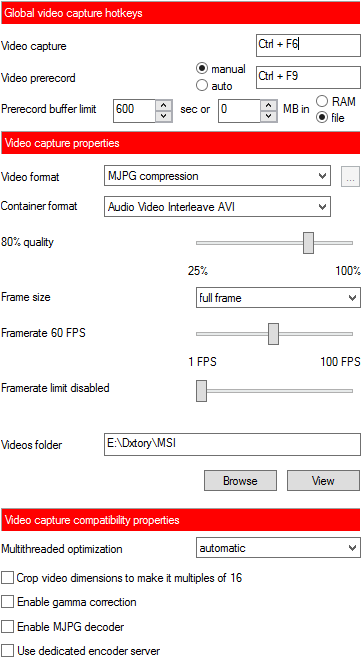

Best practices in audio bit depth and sample rate

In other words, the recording results have low fidelity. Why? It is because the digital representation of your analog recorded sound is far from being accurate. Going at the low end, selecting 8-bit depth and 44.1 KHz (or even lower) does not do any good. You will be running out of hard drive space very early. The only downside is that the resulting file size will be very large typically if you are planning to create lots of recording and do a lot of projects. A higher bit depth and sample rate during recording will provide a more accurate representation of the analog signal in digital domain. When you like to record it to your computer hard drive, it will be digitally converted. Remember in the analog audio to digital conversion the music you hear and all the sound that surrounds you are “analog” in nature. Advantages of high audio sample rate and bit depthīut what are the advantages of recording at the highest sample rate and bit depth possible? One obvious advantage is that your digital recording captures almost the entire analog sound perfectly. The real audio you are recording that is the sound of your voice, guitars, etc are complex waveforms that demand VERY large file sizes when recorded at this given sample rate and bit depth. It is because when you are tracking at this bit depth and sample rate even a 2-second audio sine wave (the simplest form of audio wave) is already 1.46MB in file size. Below are common sample rates used in recording:Īnd below are the common audio bit depths:īut for most home studio applications, selecting 32-bit float and 192 KHz is not practical. Ideally the best sample rate and audio bit depth for recording is as high as possible as your recording software and hardware can handle.


 0 kommentar(er)
0 kommentar(er)
